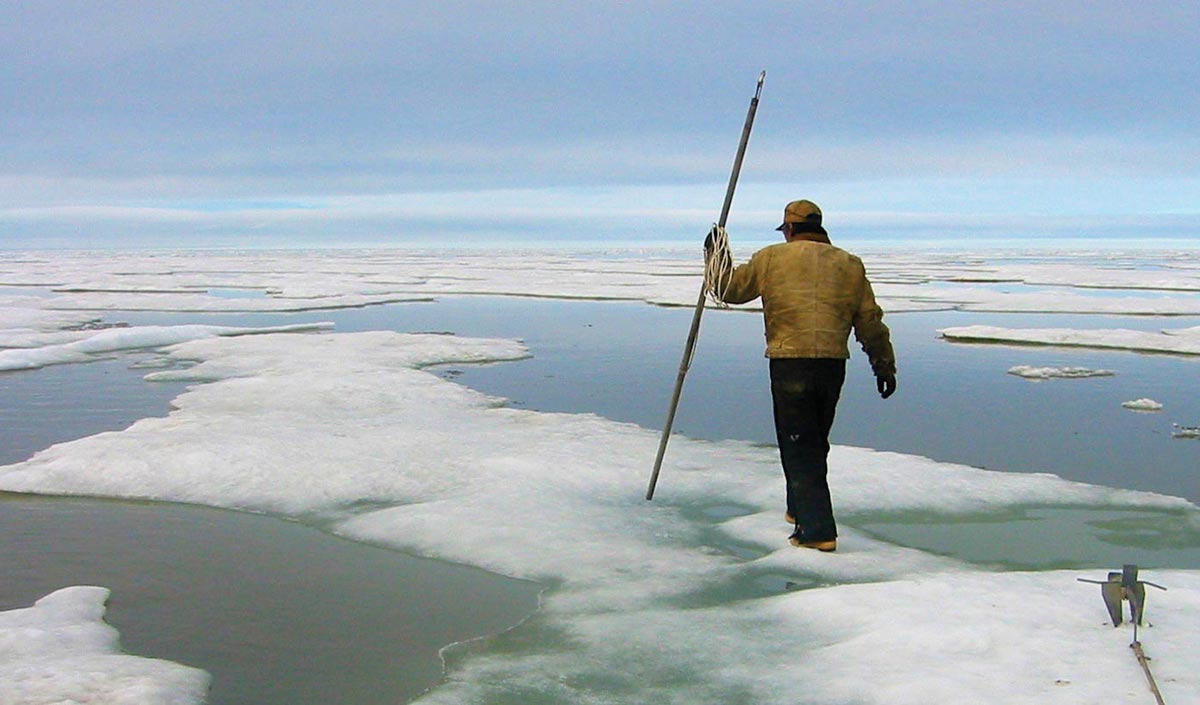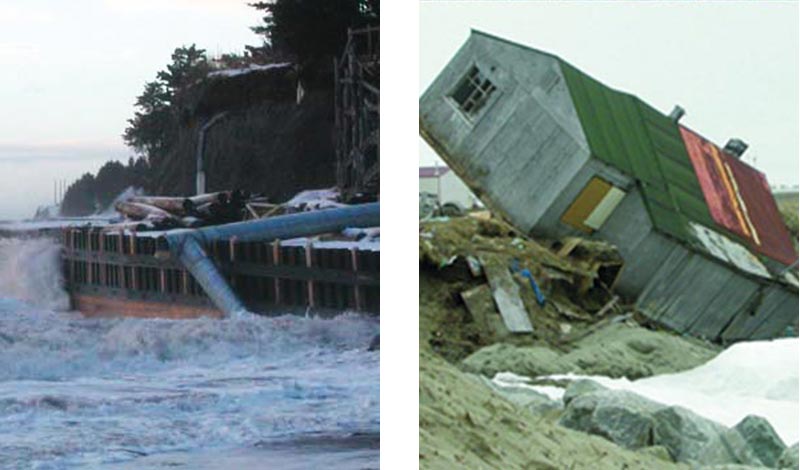Introduction
The Alaska region includes the state of Alaska and its surrounding waters. The Highlights section below offers a high-level overview of climate change impacts on this region, including the five Key Messages and selected topics. (see Ch. 22: Alaska)


















